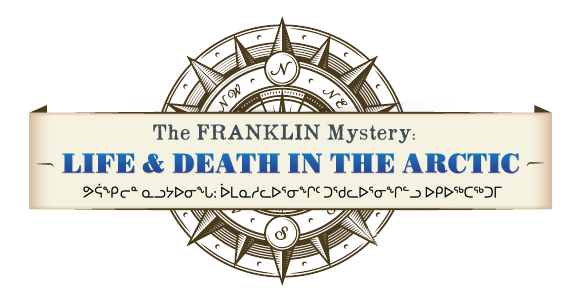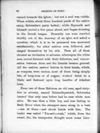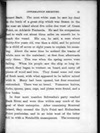Ikinnelikpatolek tells Schwatka about finding and boarding the ships (1881)
From one of these Eskimos, an old man, aged sixty-five or seventy, named Ikinnelikpatolek, Schwatka learned that only once before had he seen white men alive. He was then a little boy, and was fishing in Back River when the strangers came along in a boat — ten of them — and shook hands with him. The leader was called "Tos-ard-e-roak," which, from the sound, Joe, the interpreter, thought must mean Lieutenant Back. The next white man he saw lay dead in the bunk of a great ship which was frozen in the ice near an island about five miles due west of Grant Point, on Adelaide Peninsula. He and his companions had to walk out about three miles on smooth ice to reach the vessel. His son, he said, a man about thirty-five years old, was then a child, and he pointed to a child of seven or eight years to explain his meaning. About the same time he noticed the tracks of white men on the mainland; at first four, afterwards only three. This was when the spring snows were falling. When his people saw the ship so long deserted, they began to venture on board, and carry off pieces of wood and iron. They found some red cans of fresh meat, with what appeared to be tallow mixed with it. Many had been opened, but four remained untouched. There was no bread. Numerous knives, forks, spoons, pans, cups, and plates were found, and a few books.




